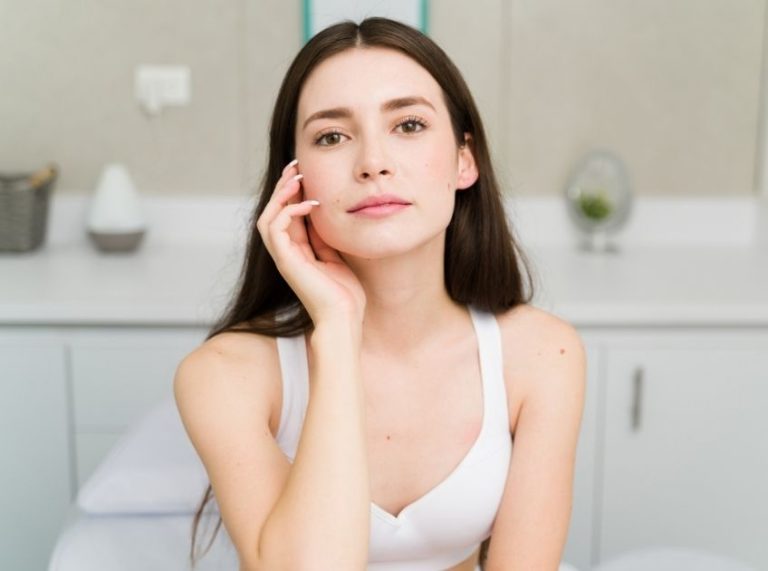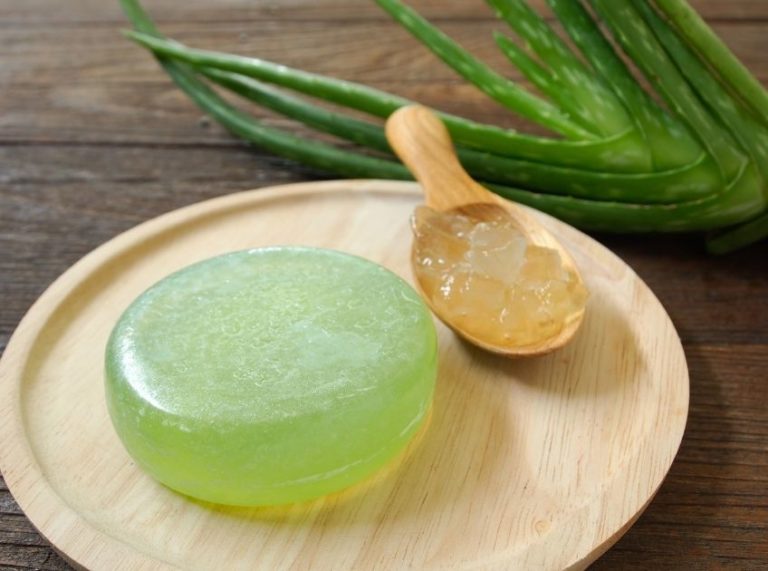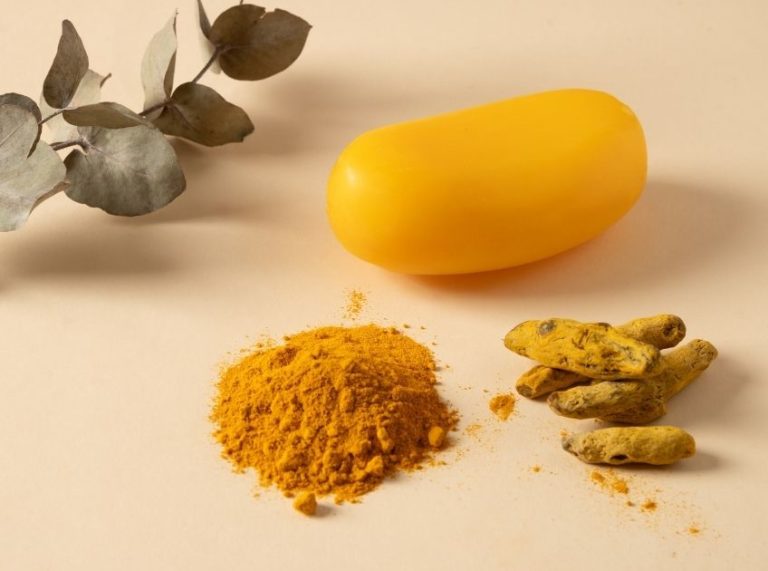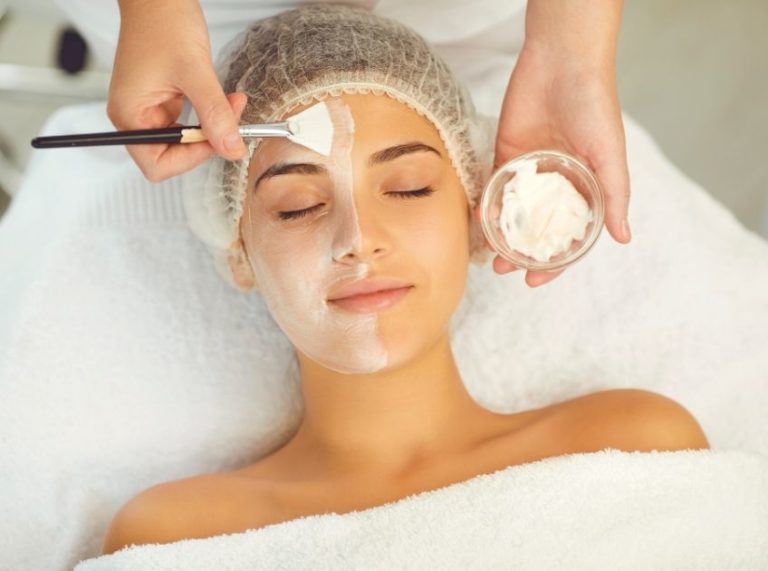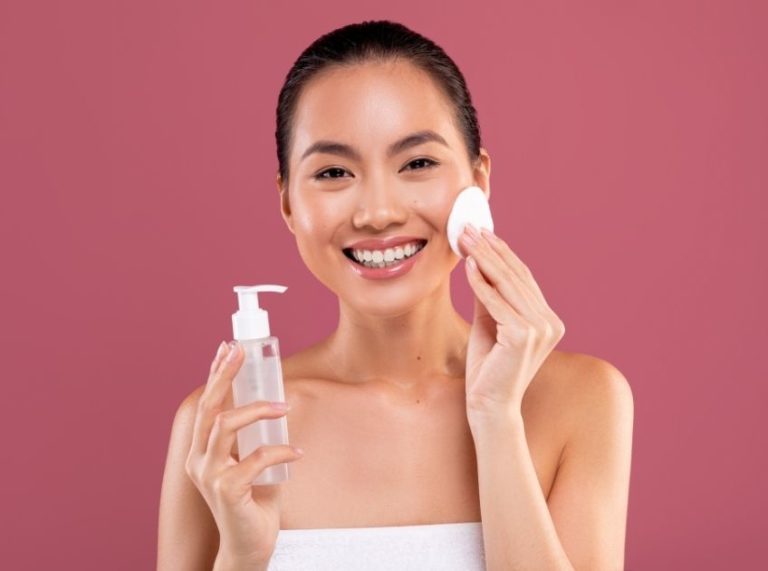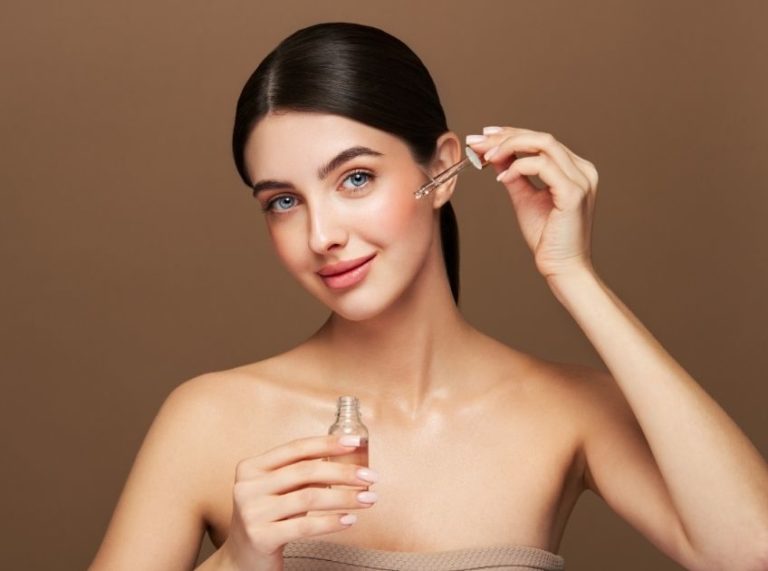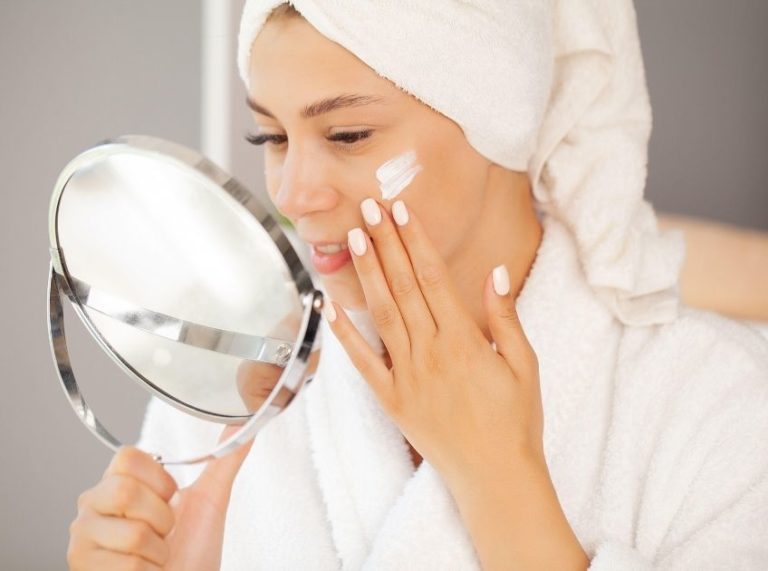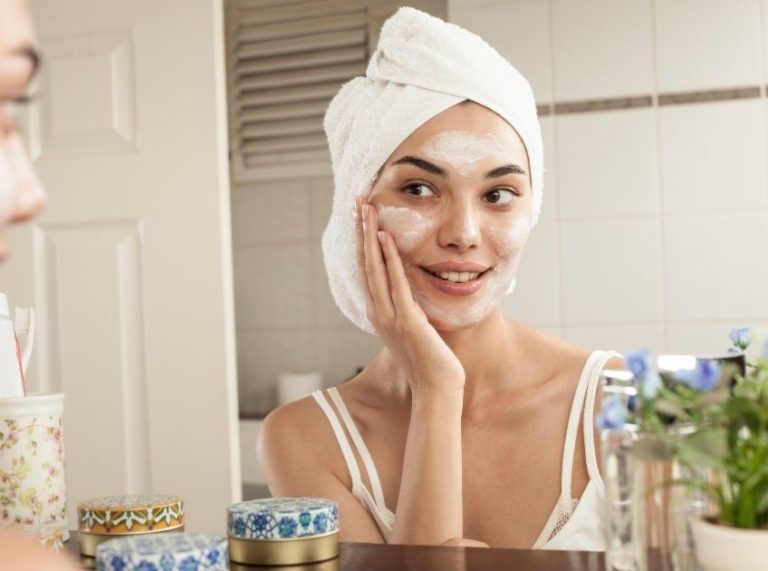
Important: This article is for informational purposes only. Please read our full disclaimer for more details.
Have you ever noticed how certain colors make you glow, while others leave you looking dull or washed out? The reason might not be your skin tone, but your skin undertone—a subtle but crucial detail in the world of fashion, makeup, and personal style. If you’ve ever wondered why a friend looks amazing in black but you feel drained in the same outfit, the answer lies beneath the surface.
Let’s break it down: what’s the difference between skin tone and undertone, why it matters, and how you can accurately find out which category you fall into.
Skin Tone vs. Skin Undertone: What’s the Difference?
Skin tone refers to the surface color of your skin. It’s what you typically describe as fair, light, medium, tan, or deep. Skin tone can change depending on sun exposure, seasonal changes, or even skin conditions. That’s why you might notice you look tanner in summer and paler in winter.
Undertone, on the other hand, is the subtle hue beneath your skin’s surface, and it doesn’t change. This underlying tint can be:
- Cool: hints of blue, red, or pink
- Warm: hints of yellow, peach, or golden
- Neutral: a mix of both warm and cool elements
Understanding undertones helps you pick clothing, makeup, and hair colors that make your features pop and your complexion glow.
🔬 Science says: According to research in dermatological studies (e.g., Skin Research and Technology, 2017), the undertone is influenced by melanin, hemoglobin, and carotene levels in the skin (1). These pigment compounds determine the way light reflects on your skin, shaping the undertone (2).
Why Should You Know Your Undertone?
Knowing your undertone can completely transform the way you dress, apply makeup, and even dye your hair. When colors complement your undertone:
- Your skin looks more radiant and even-toned
- Dark circles and redness appear reduced
- Eyes sparkle more vividly
- Your overall look feels more cohesive and polished
When colors clash with your undertone, however, you may look tired, washed out, or even older.
3 Simple Ways to Find Out Your Undertone
Before you begin, stand in natural daylight, free from direct sunlight or artificial lighting. Use a mirror and avoid makeup for the most accurate results.
1. The Vein Test
Look at the veins on the inside of your wrist:
- Blue or purple veins = Cool undertone
- Greenish veins = Warm undertone
- Can’t tell? = You might be neutral
2. The White Paper Test
Hold a plain white sheet of paper next to your chest or neck (not your face, as it may have natural redness).
- If your skin looks pinkish or rosy in comparison, you’re cool-toned
- If it appears yellow or golden, you’re warm-toned
- If you see a mix or can’t tell, you may be neutral
💡 Tip: Use a white towel and pull back your hair for even better accuracy.
3. The Jewelry Test
Try holding both silver and gold jewelry pieces against your skin.
- Silver flatters cool undertones
- Gold flatters warm undertones
- Both look great? You’re likely neutral.
This method is used by stylists globally, and even French women, known for their timeless style, often stick to one metal type that complements their undertone.
How to Use Your Undertone in Style
Once you’ve discovered your undertone, here’s how to apply it in real life:
For Cool Undertones
- Stick with icy shades like cobalt blue, emerald, lavender, and cool grays
- Silver jewelry enhances your complexion
- Avoid overly warm colors like mustard or rust—they can overpower your skin
For Warm Undertones
- Go for earthy tones: olive green, mustard, coral, amber, and camel
- Gold jewelry will make your skin glow
- Avoid colors that are too icy or bluish—they might make you look pale or tired.
For Neutral Undertones
- Lucky you! You can wear a wide range of colors from both sides of the spectrum.
- Soft, muted tones and classic colors often work best.
Practice Makes Perfect
The more you test and observe, the sharper your eye will become. Stylists and even artists train themselves to recognize undertones quickly, comparing the balance of blue, yellow, and red in every shade. Try this: hold garments from your closet under your chin and notice how each one affects your complexion. Over time, you’ll naturally gravitate to your best palette.
Frequently Asked Questions (FAQ’S)
1. Can my undertone change over time?
A. No. While your skin tone can change with tanning or skin conditions, your undertone stays consistent throughout your life. It’s part of your natural skin biology.
2. What if different tests give me different undertone results?
A. That’s a common sign you might be neutral-toned. People with neutral undertones can often wear both cool and warm colors well. Focus on what feels right visually and go with your gut (and mirror).
3. Do I need to change my wardrobe based on my undertone?
A. Not necessarily. Use the knowledge of your undertone as a tool, not a rule. Knowing your ideal color family can guide future purchases or help you elevate your style, but you can still wear any color with confidence if it feels like you.
Final Thoughts
Understanding your skin’s undertone unlocks the key to looking effortlessly radiant. It’s not just a stylist’s trick—it’s a practical, science-backed way to make your features shine. Whether you’re shopping for foundation, lipstick, or your next favorite outfit, knowing your undertone can help you choose with clarity and confidence.


